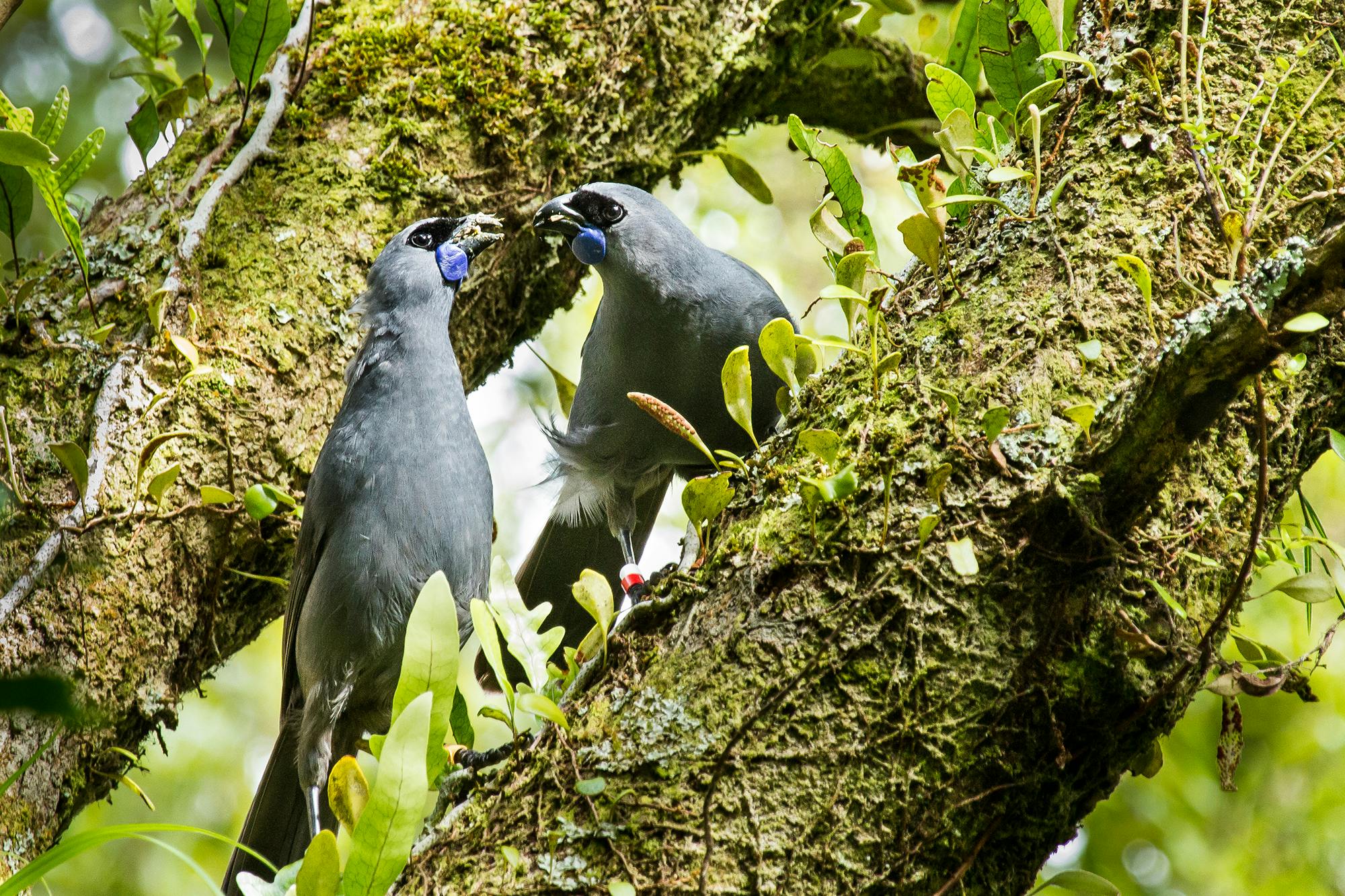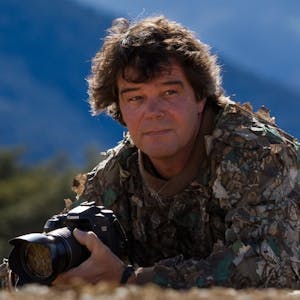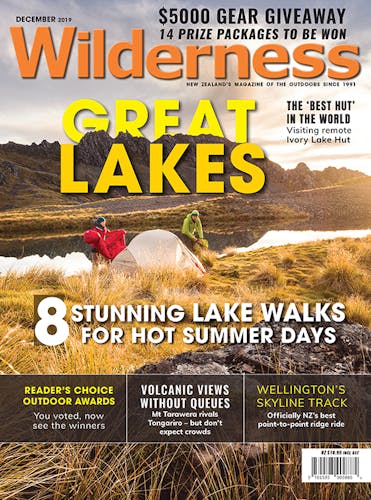There are only a handful of natural remnant kōkako populations left, confined to a few scattered forests in the northern half of the North Island – the Waikato, Bay of Plenty, Te Urewera, South Auckland and Northland.
Conservation status
Endemic species classified as ‘recovering’.
Features
North Island kōkako are roughly half the size of a kererū. They have relatively long legs which they use to great effect as they characteristically bound and run along canopy branches. Their bodies are a grey/blue colour with a striking black facial mask and small, rich blue throat wattles. The wattles begin from the base of the bill and hang under the throat. Adult males and females are alike but juveniles differ by having pink or lilac wattles.
Call
The first time I heard the call of a kōkako, the hairs on the back of my neck stood up. The song of this wonderful bird is a rich, sonorous, sustained, organ-like note. The word that comes to mind when I hear it is haunting. Males and females often sing duets for up to an hour or more and are known for having the longest known duets of any songbird in the world. They also possess a frequent close contact call made up of a took sound.
Feathery fact
Kōkako pair for life and breeding pairs will defend a territory of at least four hectares and sometimes up to 25ha. Unlike most other bird species, which defend by physicality, kōkako defend their territories by complex singing. The bird is a poor flier and gets around mostly by bounding, running, jumping and skipping along tree branches with their strong legs and with small wing flaps.
Nesting
The kōkako breeding season is fairly short, falling between November and February, although, occasionally, in years of good food supply, it may last six months and up to three broods can be raised instead of the usual one. A kōkako nest is a simple cup-shape sited very high in the canopy and two to four eggs is a normal size clutch. Once the young birds fledge at 35 days, they usually remain in their parents’ territory for up to a year and continue to be fed by both parents.
Diet
Fruit and leaves make up the bulk of the kōkako’s diet and are taken from all levels in the forest. Less often, flowers, moss, buds and nectar are consumed. Invertebrates are keenly sought during the breeding season when feeding young birds.
Tips
Apart from the natural remnant locations, all other sites where kōkako reside are translocated populations. These include Little Barrier, Kāpiti and Tiritiri Matangi islands, Mt Bruce Scenic Reserve, Boundary Stream Mainland Island Reserve, Ngapukeriki, Ark in the Park in the Waitakere Ranges, Maungatautari and Puketi. Kōkako characteristically reside in tall, diverse native forest, usually with a canopy of tawa or taraire. They also like some sort of understory cover such as emerging podocarps. You will almost always hear kōkako before you see them.








